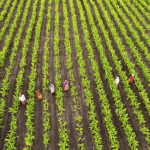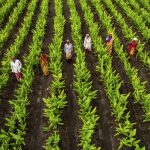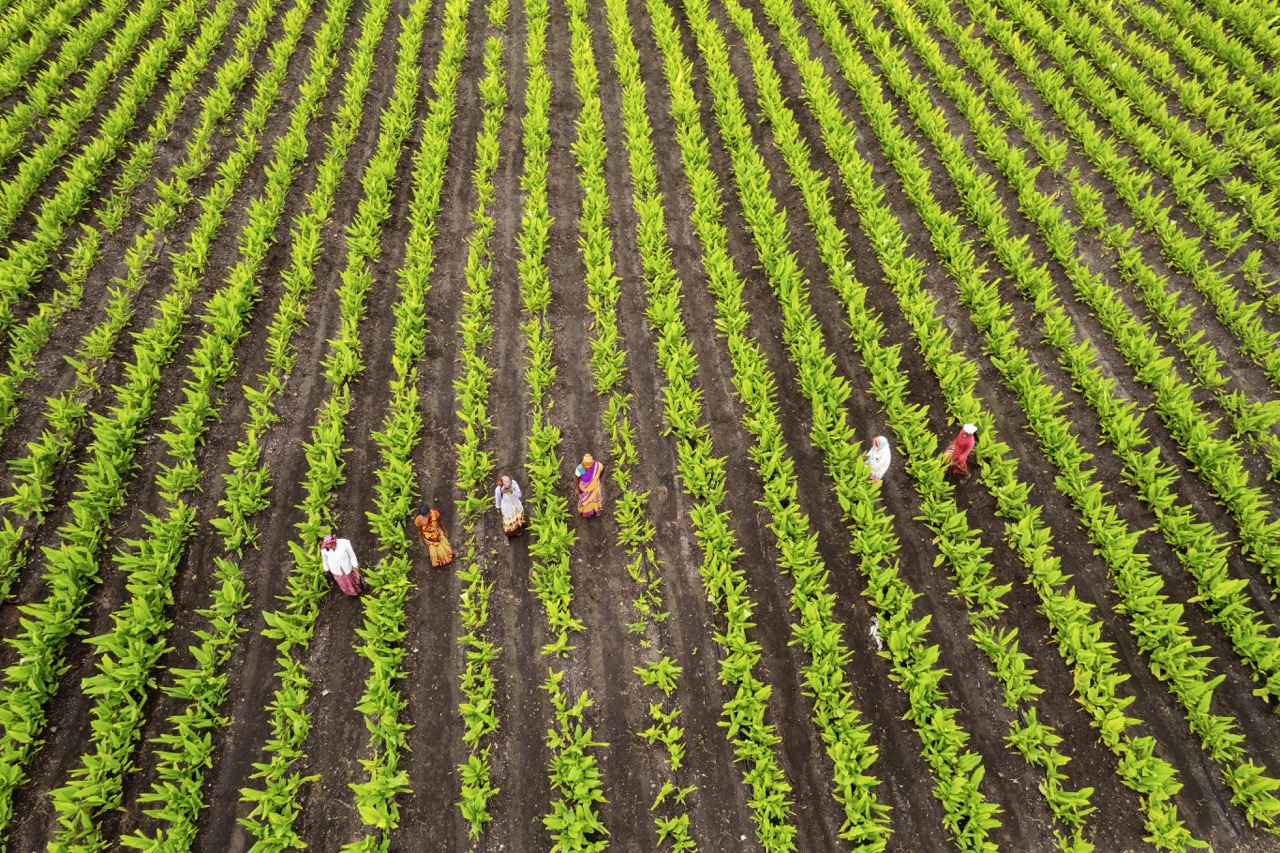Sustainable farming has emerged as a beacon of hope for both agricultural viability and environmental preservation. As the global population continues to grow and climate change accelerates, the methods by which we produce food are under scrutiny. Sustainable farming not only promises food security but also plays a crucial role in maintaining the integrity of rural landscapes. This article delves into the multifaceted benefits that sustainable agricultural practices offer, particularly in preserving the rural environment and supporting local economies.
Understanding Sustainable Farming and Its Importance Today
Sustainable farming refers to agricultural practices that prioritize environmental health, economic profitability, and social equity. Unlike conventional farming, which often relies on synthetic fertilizers, pesticides, and monocultures, sustainable farming emphasizes the use of renewable resources and the conservation of biodiversity. The importance of sustainable farming has never been more pronounced, as issues such as soil degradation, water scarcity, and greenhouse gas emissions threaten to undermine food systems across the globe.
The significance of sustainable farming is evident in its ability to mitigate the adverse effects of climate change. By implementing practices such as crop rotation, agroforestry, and organic farming, farmers can enhance soil health, sequester carbon, and reduce their carbon footprints. Additionally, sustainable farming strategies can lead to increased resilience against extreme weather events, ensuring that rural landscapes remain productive and vital for future generations.
Furthermore, sustainable farming promotes a holistic approach to agriculture that fosters community engagement and stewardship of the land. By prioritizing local knowledge and practices, farmers can create systems that are not only environmentally sound but also culturally relevant. This interconnectedness between agriculture and community underscores the critical role of sustainable farming in shaping the future of rural landscapes.
How Sustainable Practices Contribute to Rural Landscape Health
Sustainable farming practices play a pivotal role in maintaining and enhancing rural landscape health. One of the primary benefits is the preservation of biodiversity, which is crucial for ecosystem stability. Techniques such as polyculture and organic farming reduce reliance on chemical fertilizers and pesticides, allowing for a diverse range of species to flourish. This diversity not only aids in pest control but also promotes soil health, leading to more resilient agricultural systems.
Moreover, sustainable farming practices help to protect water resources critical for both agriculture and local ecosystems. Strategies such as contour farming, cover cropping, and the establishment of buffer zones around water bodies can significantly mitigate soil erosion and runoff. Such measures ensure that water quality remains high and that aquatic habitats are preserved, reinforcing the interconnectedness of farming and environmental health.
In addition to biological diversity and water protection, sustainable farming contributes to the aesthetic and cultural value of rural landscapes. By maintaining traditional farming practices and landscapes, communities can preserve their heritage and identity. The visual and ecological integrity of rural areas becomes a point of pride and attracts tourism, which further enhances the local economy.
Economic Benefits of Sustainable Farming for Rural Communities
The economic viability of rural communities is intricately linked to the adoption of sustainable farming practices. By investing in methods that enhance soil health and reduce input costs, farmers can lower their reliance on expensive chemical inputs, leading to increased profitability. Sustainable farming also opens the door to premium markets for organic and sustainably sourced products, allowing farmers to fetch higher prices for their goods.
Moreover, sustainable farming fosters local economies by encouraging the development of short supply chains. By selling directly to consumers through farmers’ markets or community-supported agriculture (CSA) programs, farmers can keep more of their profits within the community. These direct sales help to create jobs in rural areas, from processing to distribution, thereby bolstering the local economy.
In addition to direct economic benefits, sustainable farming practices can enhance resilience against market fluctuations. By diversifying crops and integrating livestock into farming systems, farmers can mitigate risks associated with price volatility. This economic stability is critical for the long-term sustainability of rural communities, providing a buffer against unforeseen challenges such as crop failures or market downturns.
Future Outlook: Sustainable Farming as a Preservation Strategy
As the pressures of urbanization and industrial agriculture continue to encroach on rural landscapes, sustainable farming stands out as a viable preservation strategy. Policy support for sustainable practices, such as grants for conservation programs and incentives for organic farming, will be essential in promoting a shift towards more resilient agricultural systems. Such initiatives can empower farmers to adopt sustainable techniques that preserve both the land and their livelihoods.
Looking ahead, the integration of technology into sustainable farming practices will further enhance their effectiveness. Innovations in precision agriculture, data analytics, and regenerative practices can offer farmers actionable insights, enabling them to make environmentally conscious decisions that benefit both their operations and the landscape. This technological evolution holds promise for increasing productivity while minimizing environmental impact, creating a more sustainable future for agriculture.
Ultimately, sustainable farming represents a holistic approach to rural preservation, encompassing not just the land, but also the communities that rely on it. As society increasingly recognizes the value of preserving rural landscapes, the role of sustainable farming will become ever more crucial. By fostering a symbiotic relationship between agriculture and the environment, future generations can enjoy vibrant rural landscapes that are both economically viable and ecologically sound.
In conclusion, the role of sustainable farming in preserving rural landscapes cannot be overstated. Through practices that enhance biodiversity, conserve resources, and support local economies, sustainable agriculture emerges as a key strategy for fostering resilience in the face of environmental and economic challenges. As we look to the future, the commitment to sustainable farming will not only ensure food security but also safeguard the picturesque and culturally rich rural landscapes that are vital to our heritage and well-being.










